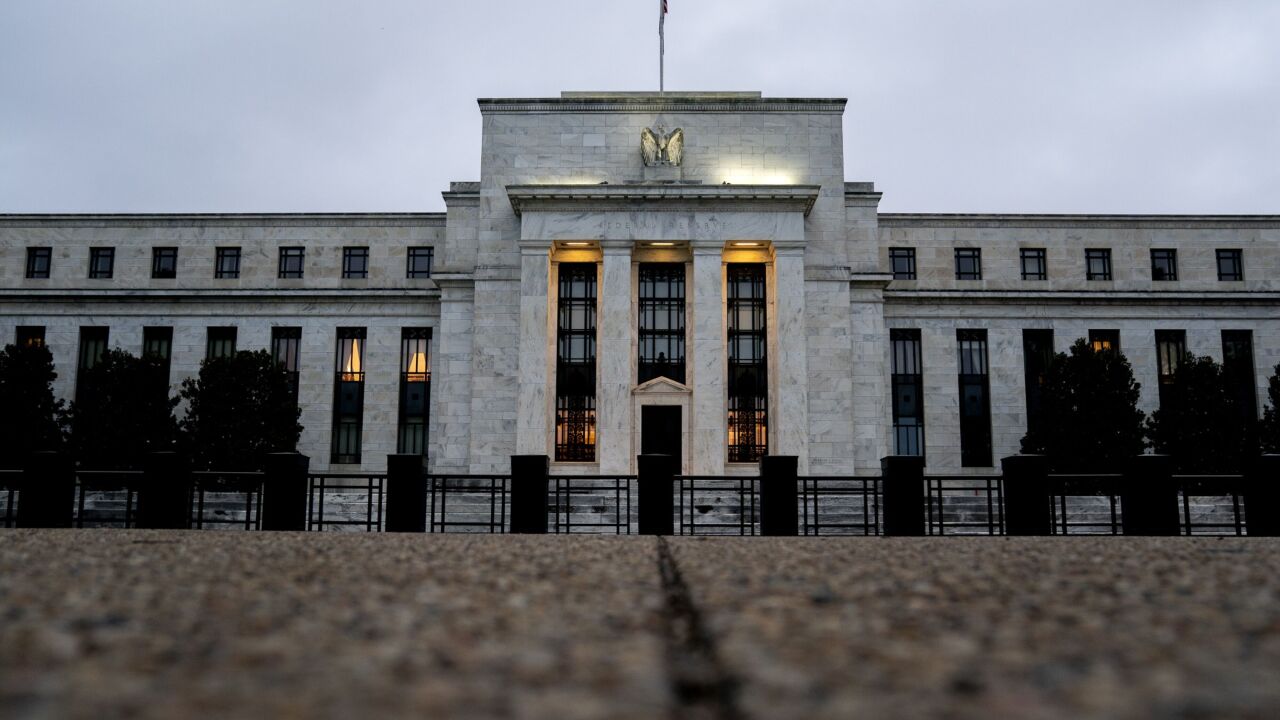Oink, which was previously called Virtual Piggy, is ready to expand its youth-oriented online payments business to include merchants with a physical presence.
"E-commerce is growing, but the majority of spending occurs when teens are in the mall or
The company is in the process of migrating its branding, signage and online payment system to Oink, Webber says. Body Glove has already changed the brand, and retailers and gaming companies will soon follow. "It will take a couple of months," Webber says. (The publicly traded company is still formally named Virtual Piggy.)
The online payment system allows young people to make payments within parameters set by their parents, who typically load an allowance into an account for online purchases. Oink is working with a point of sale partner that hasn't been disclosed yet, Webber says. That partner will enable merchants to use Oink's services without changing their existing point of sale systems.
"The partner is already accepted in a very large number of merchants, retailers and restaurants," Webber says.
Oink will function in stores similar to how it works online. Users will load the Oink smartphone app to see how much money they have in their account, and can pay from those funds by displaying a bar code at Oink's merchants. "We want the service to be used to buy burgers, or while shopping in person, along with our online service," Webber says.
The company is not pursing contactless Near Field Communication payments at this point, because of the "scarcity" of NFC technology, Webber says. Another option would be Bluetooth Low Energy, which PayPal's
"Initially I don't want to do anything that is going to cause merchants to have to change their ecosystem," Webber says. "As things like NFC or Beacon begin to overtake shopping and payments, then we can easily move into those environments."
Oink's strategy echoes that of PayPal, which built a strong online payment system before aggressively moving to physical stores. In PayPal's case, it's relying on a
"The reality is that 85% to 90% of commerce still happens in physical stores, so if you have a good proposition, but it's only available online, your market is restricted," says Zil Bareisis, a senior analyst at Celent. "Oink has a great value proposition to a specific target segmentyoung shoppers. While a number of brands catering to young shoppers are online, being able to go 'offline' opens the door to many more."
The trend toward omni channel commerce generates more valuable
The brick and mortar retail market is 20 times the size of the e-commerce market, "so it's a very attractive target for online advertisers and for online payments companies," Oglesby says. "Because mobile devices allow consumers to bring online shopping with them wherever they go, e-commerce companies have an opportunity to offer their product everywhere a consumer goes."





